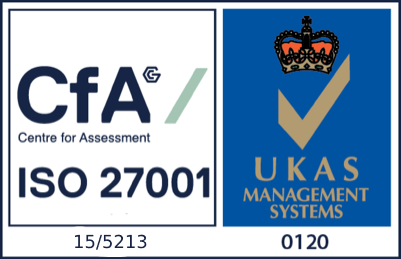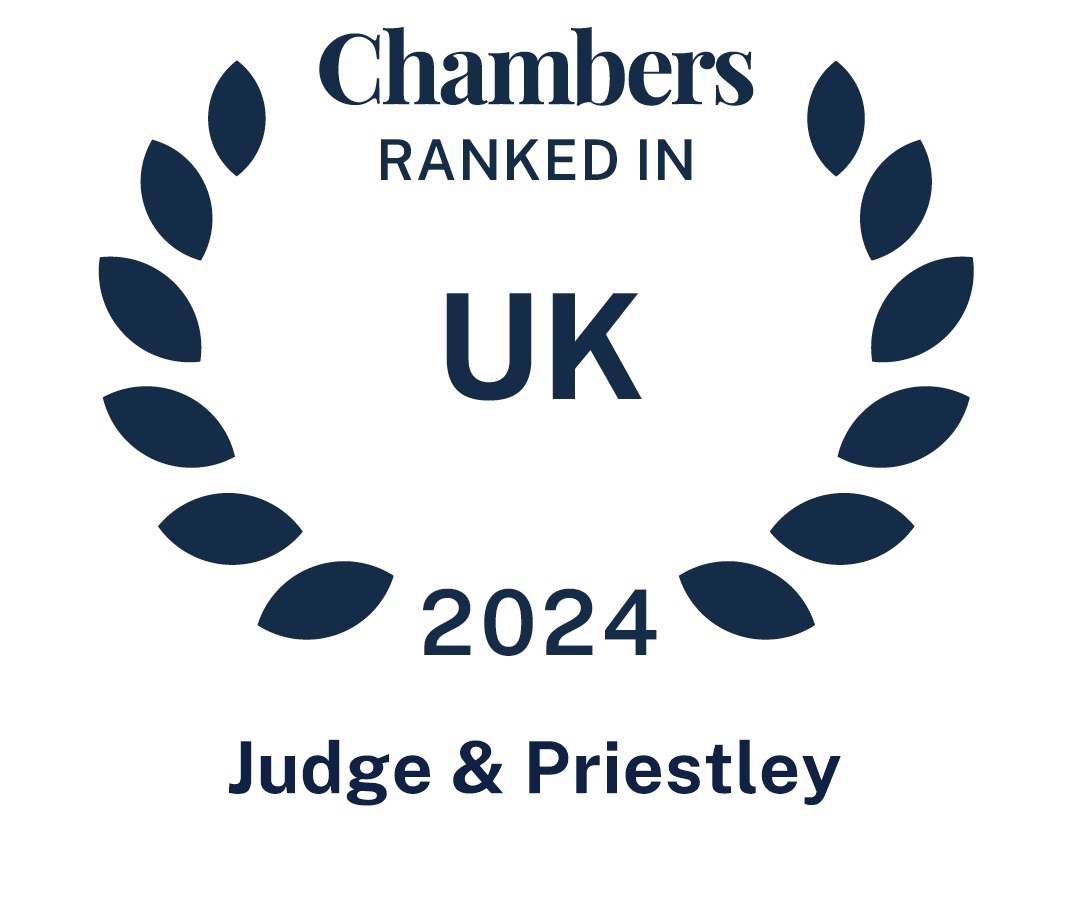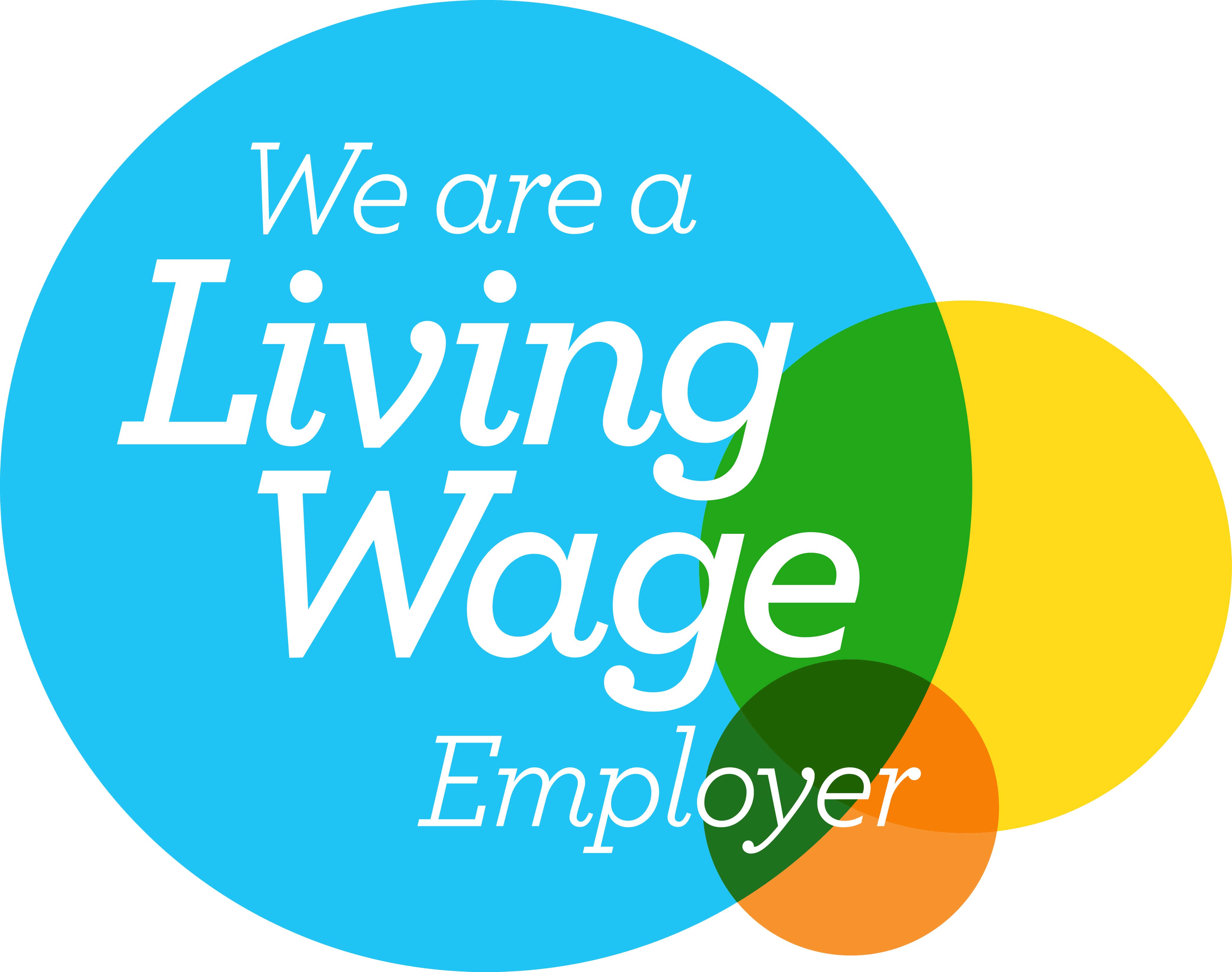- Bromley020 8290 0333
Repossessions and mortgage arrears continue to fall
The Council of Mortgage Lenders (CML) has reported that in the first quarter of 2016, the number of repossessions fell to 2,200 (comprising 1,500 home-owner and 700 buy-to-let properties).
In 2009, the number stood at 13,200 and has been steadily falling since 2012. According to the CML, if the annual number for 2016 is 8,400, this will be the lowest in any year since 1982, when there were only 6.9 million mortgages, against 11.1 million mortgages today.
Similarly, mortgage arrears have continued to fall. For the first time in more than a decade, the number of mortgages in arrears of 2.5% or more fell below the 100,000 mark, with 96,200 loans in arrears at the end of March, compared with 101,700 in December 2015 and 114,500 in December 2014. Also the number of mortgages in the most serious arrears band of 10% or more, which has remained fairly static while the lower arrears bands have declined, fell a little this quarter.
The picture is not so positive in the rented sector where data from the Ministry of Justice, based on court activity, shows that eviction rates are much higher (especially in the social rented sector). For example, there were 42,728 rental evictions in England and Wales by county court bailiffs in 2015, against 5,594 mortgaged property repossessions by county court bailiffs, even though the rented sector accounts for only around a third of the housing stock.
From the CML data, arrears rates are higher among home-owners than buy-to-let landlords, but the repossession rate is lower. Their view is that lenders will seek to avoid repossession wherever possible to enable home-owners to get over temporary periods of difficulty, whereas buy-to-let is a more commercial enterprise and lenders may move to protect their position more quickly on rental properties as tenants move out.
For further information please contact Nitika Singh on 0208 290 7347 or email nsingh@judge-priestley.co.uk









